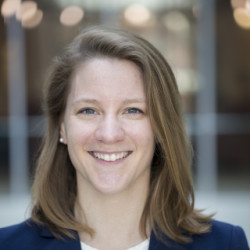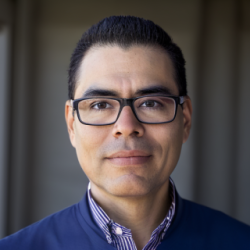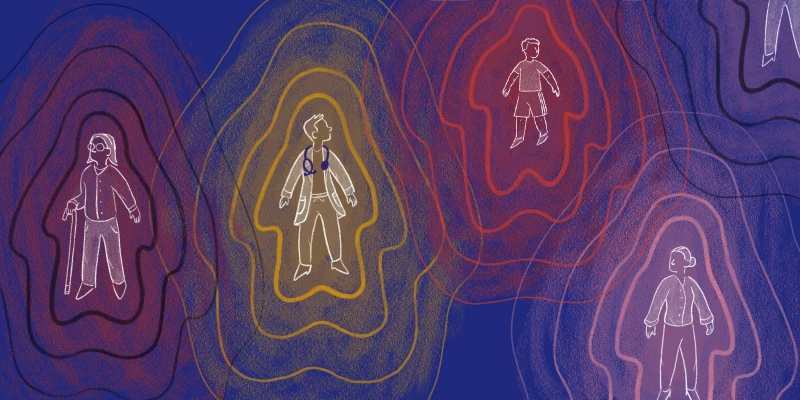As my 31st birthday approached, it felt like reality was setting in. Although a small number of my co-residents and friends in medicine had decided to start the journey of parenthood, most were in the same camp as me: feeling overburdened by clinical work and not paid well enough to afford childcare, but knowing that advanced maternal age was just around the corner. I hadn’t even had the time to actually answer the question—do I even want kids of my own? But I could feel the clock ticking down, and I didn’t want to have regrets later. I called up a friend from my intern days who I knew had chosen to pursue cryopreservation and she gave me the rundown of the process, from timing to medications to the retrieval procedure. All that was left was for me to make an appointment.
I was surprised how straightforward the process was. After my initial consult, including labs and a transvaginal ultrasound, I started a ten-day process of twice daily subcutaneous injections with almost daily morning lab and ultrasound monitoring, culminating in a short procedure under anesthesia to collect the mature follicles. Several weeks later I picked up the phone and learned that I had successfully frozen enough embryos to “help run the family farm,” as my spouse joked. The relief was immense. Although I knew it wasn’t a guarantee that any of those embryos would result in a future child, I felt like I had turned back that timer of biological fertility and the ticking wasn’t quite as loud or as frantic.
I decided that I wanted to be as open as possible about my decision and the details of the process so that I could be a resource to others as my friend had been to me. In the subsequent year, conversations about fertility started to come up much more frequently with friends and colleagues, and I realized that I was in an exceptionally privileged position. Unlike many other residents, my treatment had been fully covered by insurance and my medication copays were affordable. I started to correspond with a small number of researchers around the country who were interested in this issue. They framed it as one of gender equity: women in medicine are disproportionately impacted by infertility given that the years in medical training overlap with the timeline of peak fertility, yet frank discussions about infertility, treatment, and insurance coverage were notably absent from the general discourse in the medical community.
Female fertility first starts to decline at 30. Although we often associate 35 with the dreaded “advanced maternal age," 35 more accurately represents the age when the curve starts to increase precipitously. A large number of women in medicine have reported delaying pregnancy due to the rigors of their training or career goals, and as a result their most fertile years pass by in medical school and residency training. I also learned that female physicians reported an infertility rate of 25%, about twice the rate of the general population. This may be due to
many factors—older age, stress, and circadian rhythm disruption are just a few potential contributors. One survey found that 7% of female physicians who had desired children were left involuntarily childless. Despite impacting a number of women in medicine, only a few have shared their stories publicly. It was clear to me that more needed to be done to shine a light on this issue that was impacting so many women in medicine.
It was through discussions of these issues with Dr. Fumiko Chino and Dr. Anna Lee that eventually led me to the podium at ASCO 2023. We conducted a large survey of over 1,000 female trainees and practicing physicians across all oncologic specialties and found that a third of respondents had received treatment for infertility, almost twice the rate of the general population. The costs associated with treatments were shocking: 2 in 5 had spent more than $10,000, and 1 in 5 had spent more than $30,000 on their infertility treatment. Beyond just costs, a quarter of women experienced significant mental health concerns as a result of their infertility diagnosis and treatment, and a similar proportion had to take time off from work due to treatment side effects.
Fertility cryopreservation had been utilized in only 5% of respondents. In the 5% of women who reported a plan or desire to pursue cryopreservation in the future, three quarters felt they were not sure it would be feasible for them. It is not known if this is due to insurance coverage, lack of time off, or another reason. Regardless, this suggests that there are significant barriers even for those who have learned about their options and are motivated to take action to extend their fertility. When women were asked if cryopreservation would have benefitted them in training if it had been affordable and available, one in five agreed. Among those who had experienced infertility, that number rose to half of respondents.
Women were also asked about fertility education. Three quarters of all trainees and over two thirds of practicing physicians believed this topic should be discussed in medical school and/or residency, demonstrating a high demand in particular from women in the midst of making decisions about their family building timeline.
The results of this survey help better inform steps that can be taken to address this issue on a broad scale. The first is education. Although not all female physicians want a family, and not all who do want biological children, unknowingly giving up the opportunity to have your own children because of the medical training timeline is an issue that can be mitigated by early and accurate education. Discussions about female infertility in the context of the timeline of medical education can equip women with the information they need to consider all their options and make decisions that best align with their family building priorities.
The second piece is economic support. The women in this survey who experienced infertility paid significant out-of-pocket costs for infertility treatment, despite the high likelihood of having insurance coverage given their occupation as physicians. Our survey did not ask about elective cryopreservation costs, but anecdotally, charges can fall in the range of $5,000-$15,000. Although cryopreservation is not a solution for everyone, it may mitigate infertility issues for those who wish to delay their family building. Without comprehensive insurance coverage of treatment and elective preservation, female physicians are forced to bear the economic burden of infertility.
Finally, the most critical aspect of this survey is the necessity for structural changes in medical training. Women feel that many aspects of medical training make starting a family impractical, but those who delay may discover that it may not be as easy as they had imagined. Culture and policy changes are needed to allow women to build their families when they desire, regardless of their academic timeline. In fact, these changes can benefit parents of any gender. Increased parental leave, flexible work hours, childcare benefits, and increased resident salary are only a few changes that could allow trainees to feel that parenting is feasible. A work culture that positively regards the diverse experiences that parents bring and is understanding of parental demands can create an atmosphere of support. While these changes may only be glimpsed on the distant horizon, I am encouraged to see societies like ASCO giving a voice to these issues today.
Dr. MacDuffie has no conflicts of interest to report.
Image by YULIIA ANTOSHCHENKO / Getty Images
Are you interested in writing about your experience attending a medical conference this year? Respond here.







